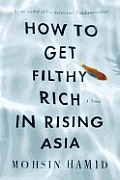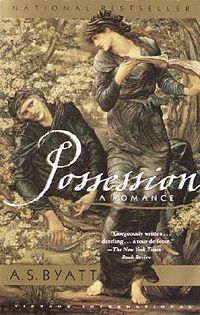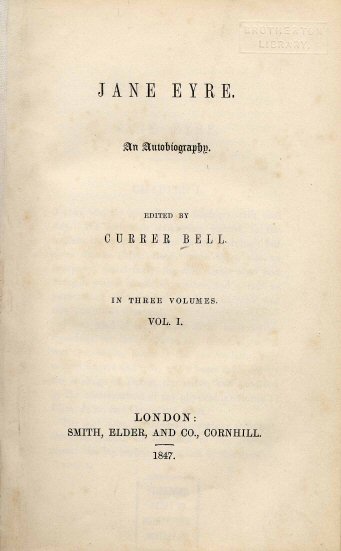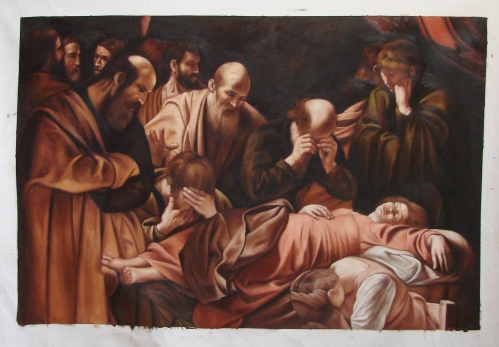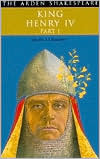Last year I posted this on 11/1. Ha!! This year, I think I remembered posting it last year, and didn’t realize I’d actually posted it, since I’ve all but stopped blogging, and now it’s December 13. Well, you have almost two weeks of shopping. Sorry, folks, for the lateness.
From the archives, on gift giving for kids:
Star Tribune 12/24/89 - Pat Gardner “Tender Years”
The weeks of hectic preparation are coming to a close. Within days, the magic will begin to unfold for our children and, vicariously through them, for us. Just as we remember those wonderful Christmas Eves and mornings long ago, our children will one day look back on these days. How will they remember them? What are you giving your children this year?
I know one family of modest means that makes a great effort to celebrate Christmas in the best way possible. Their children always find five gifts under the tree. And more than that, the gifts are always accompanied by a parent. Here’s how they do it.
The children always receive a gift to hug and love. Sometimes it’s a doll or maybe a stuffed animal. Every Christmas each child has something to care for, to carry along and finally at night to share a bed, secrets and dreams.
The wise parents know that the children will themselves learn to care for others by practicing on dolls and stuffed animals. Mom and Dad demonstrate rocking the stuffed bear and wiping the doll’s face. They talk about being gentle and giving care.
More important, they treat their children tenderly. They make a special effort at this busy time of year for a little more lap time, more frequent hugs and all the physical care and attention their young children need.
The children in this family always receive something to read. The parents know that to give them books is to give them wings. The little ones get books, and the big ones get books. Books aren’t foreign to any member of this family. Books are treasures. And more than that, they become a daily connection between parent and child.
The wise parents know that the best way to raise a reader is to read to a child….They share curiosity. They take the time to listen patiently to their beginning reader. They share discoveries. Through books, these parents explore worlds within their home and beyond their front door with all of their children.
The children receive toys and games. These parents are concerned about each child’s skills and find fun ways to enhance their present capabilities and encourage further development. For a grasping baby, a crib gym; for a beginning walker, a push toy; for a pre-schooler, a shape and color sorter; for a beginning reader, a game of sequence and strategy.
The parents know that play is the work of childhood. They understand that to meet a child at her level of accomplishment is to encourage success in play. Success stimulates motivation and interest in a challenge. So the parents judge their toy and game choices carefully. Not too easy, but not too hard.
They they do the most important thing. They play with their children. The children see that learning is a toy, that it’s fun to challenge oneself, that play can be a very social activity, that it’s OK to win and also to lose and that Mom and Dad wholeheartedly approve of play.
The children in this family always receive a gift of activity. From a simple ball or jump rope to a basketball hoop or a pair of ice skates, they always have one gift that encourages action.
The parents know that those children who, by nature, are very active may need to be channeled into acceptable and appropriate activities. And they know that those children who, by nature, are very passive may need to be encouraged to move with purpose. But their message to their children is that physical activity is important and good.
These parents make their message clear by joining their children in physical play. They skate and play catch. They’re on the floor with their crawlers and walk hand in hand with their toddlers. They get bumped and bruised and laugh and shout. They sled and they bowl. And many times in the next few weeks when resting on the couch sounds much more inviting, these parents will give their kids one more gift. They’ll get up and play with them.
The children always receive a gift of artistic expression. They might find crayons, paints or markers in their stockings. It might be a gift of clay this year or rubber stamps or scissors and glue. The materials change, but the object remains the same: create with joy.
These wise parents aren’t terribly concerned about the mess of finger paints. They’re more concerned about the exposure to unique sensations. They want their children to use their imaginations. They want their children to approach life in a hands-on fashion. And they want them to express themselves through their artistic activities in ways that exceed their vocabularies.



